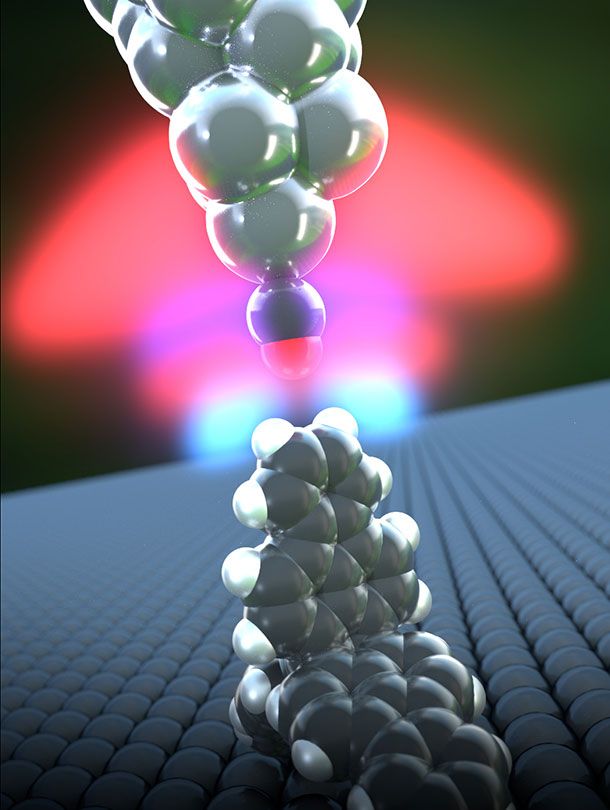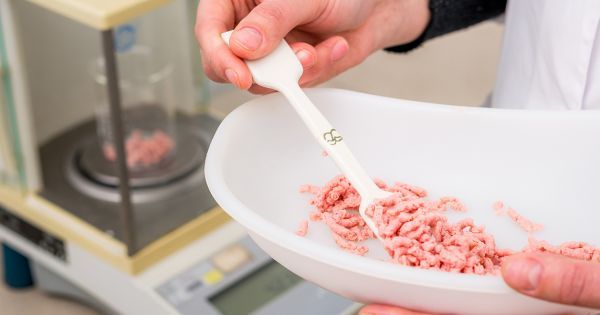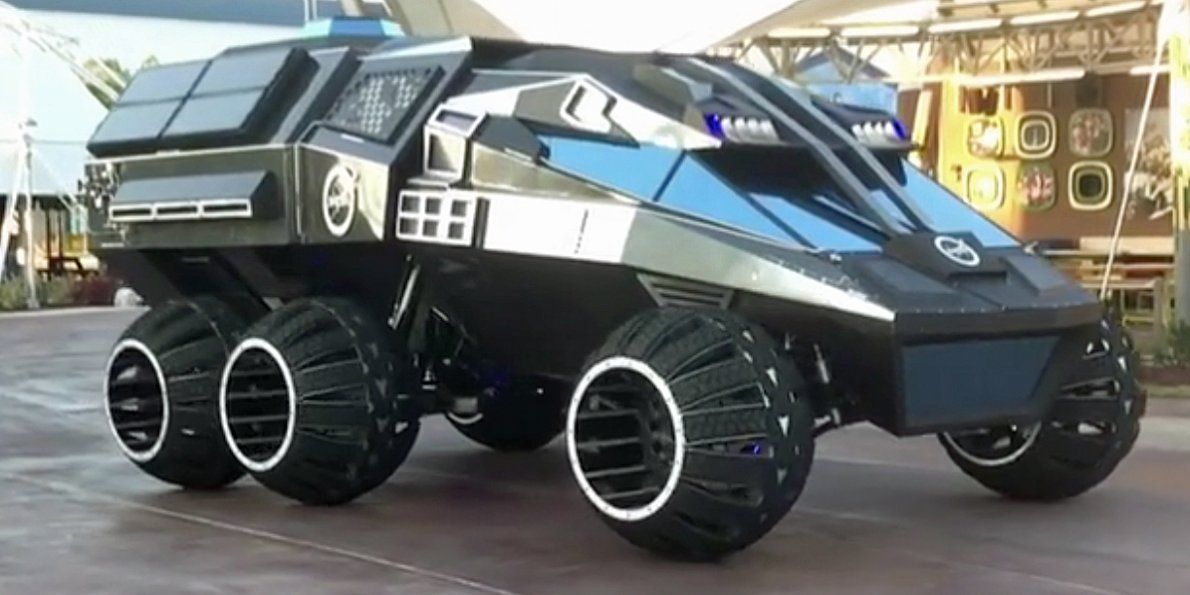Imagine the perfect personal assistant.
This partner would understand your needs — often before you’ve even expressed them — and know exactly how to deliver what you’re asking for. They would make helpful suggestions without becoming intrusive, and keep you from missing appointments and opportunities. Most importantly, this personal assistant would be someone you can trust implicitly.
Now, how do you embody those traits in an artificial intelligence-powered service? Our experience creating our travel assistant app, Mezi, illustrates key principles of AI regarding the ongoing role of human involvement and how to draw the dividing line between valued assistance and unwelcome intrusion. Here’s what we’ve learned recently.





